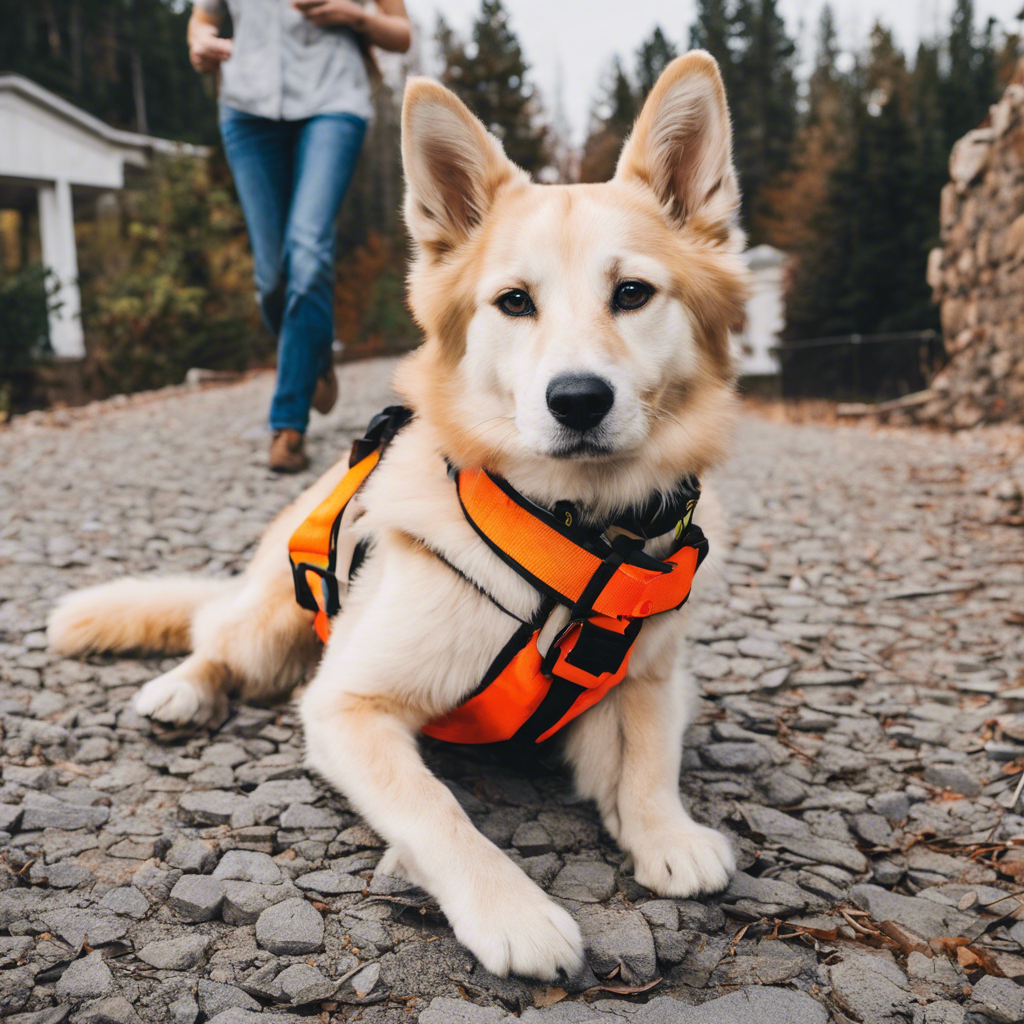Pet owners face unique challenges when planning emergency evacuation strategies due to the added responsibility of ensuring their pets’ safety.
As a pet owner, the bond with your furry companion is undeniable. They become an integral part of your life, and their well-being is a top priority. However, in the face of emergencies like natural disasters or sudden evacuations, having a pet can add a layer of complexity to your planning. This article aims to explore the impact of pet ownership on emergency evacuation plans, offering insights and strategies to ensure the safety of both you and your beloved pets.
The Challenges of Pet Evacuation
In times of crisis, every second counts. When an evacuation order is issued, pet owners must quickly gather their animals, essential supplies, and personal belongings. This process can be more challenging than one might anticipate.
Evacuating with pets requires additional considerations, such as finding pet-friendly accommodations, ensuring their comfort and safety during the journey, and having sufficient supplies to meet their specific needs. The complexity increases when dealing with multiple pets or animals with special requirements.
Understanding the Impact
Time Constraints: Pet owners often face the challenge of time management during evacuations. Collecting pets, their supplies, and essential documents can take longer than anticipated, potentially causing delays in departure.
Transportation Limitations: Not all modes of transportation are pet-friendly. Finding suitable transportation options that accommodate pets can be difficult, especially during emergencies when resources are limited.
To learn more about preparing for pet evacuations, check out these resources:
Helpful Resources:
– ASPCA – Disaster Preparedness for Pets
– Ready.gov – Pets and Animals
– American Red Cross – Pet Safety
Planning Ahead for Pet Evacuations
The key to a successful evacuation lies in advance planning. By taking proactive steps, pet owners can minimize stress and ensure a smoother experience for both themselves and their pets.
Creating a Pet Evacuation Kit
Assemble a dedicated kit containing essential items for your pet’s well-being during an evacuation. This kit should include:
Items to Include:
–
Food and Water
: Pack enough food and water for at least 72 hours, along with bowls and a can opener if needed.
–
Medications and Medical Records
: Include any prescription medications, a first-aid kit, and copies of your pet’s medical records in a waterproof container.
–
Comfort Items
: Favorite toys, blankets, and treats can help reduce stress during the evacuation.
–
Sanitation Supplies
: Don’t forget waste bags, litter boxes, and cleaning supplies for hygiene maintenance.
Identifying Pet-Friendly Accommodations
Research and identify pet-friendly hotels, motels, or shelters in advance. This step is crucial, as many establishments have specific policies regarding pets, and availability may be limited during emergencies. Reach out to local animal shelters or rescue organizations for guidance and support.
FAQs: Common Pet Evacuation Questions
Q: How can I keep my pet calm during an evacuation?
A
: Maintaining a sense of normalcy is essential. Use familiar items from your pet’s routine, such as their favorite toy or blanket, to reduce stress. Additionally, keep them close and provide plenty of reassurance.
Q: What documents should I have ready for my pet during an evacuation?
A
: Prepare a waterproof file containing your pet’s medical records, vaccination certificates, microchip information, and recent photos. These documents can expedite the process at shelters or veterinary clinics and help in reuniting you with your pet if separated.
Q: What if I have exotic pets or animals with special needs?
A
: Exotic pets or animals with specific requirements, such as reptiles or birds, may need additional considerations. Ensure you have suitable carriers or enclosures and any specialized equipment or food they may need during the evacuation.
Conclusion
Pet ownership adds a unique dimension to emergency evacuation planning. By understanding the challenges and taking proactive measures, pet owners can ensure a smoother and safer evacuation process. Creating a comprehensive pet evacuation kit, identifying pet-friendly accommodations in advance, and staying informed through reliable resources are crucial steps in protecting both you and your beloved pets during unforeseen emergencies.
